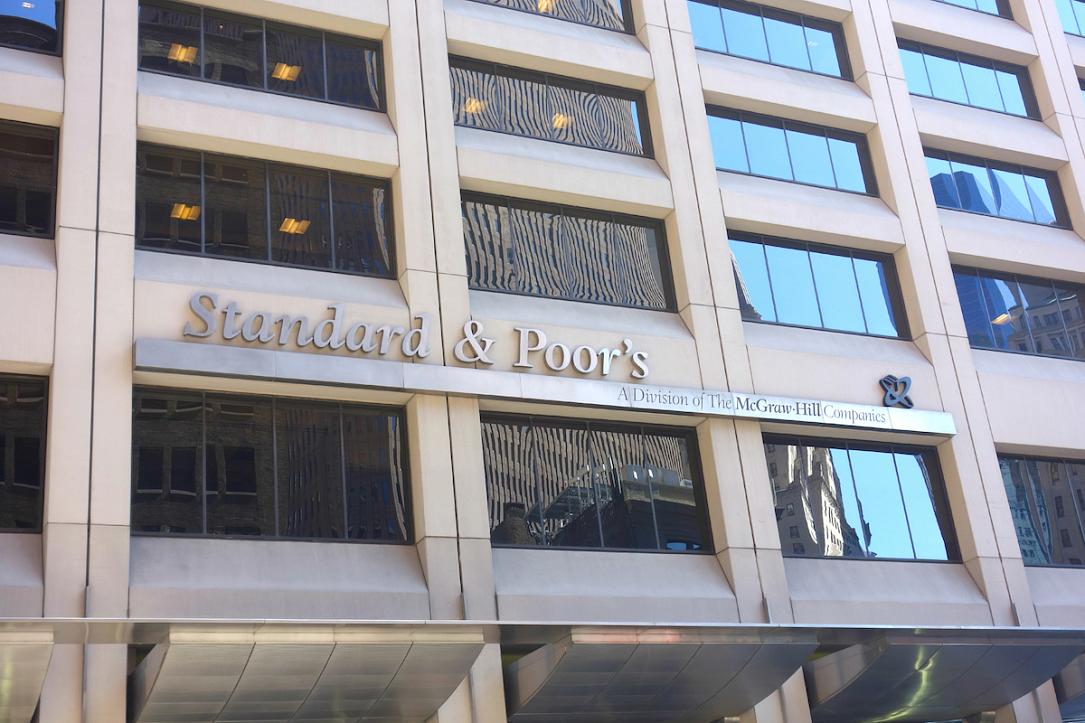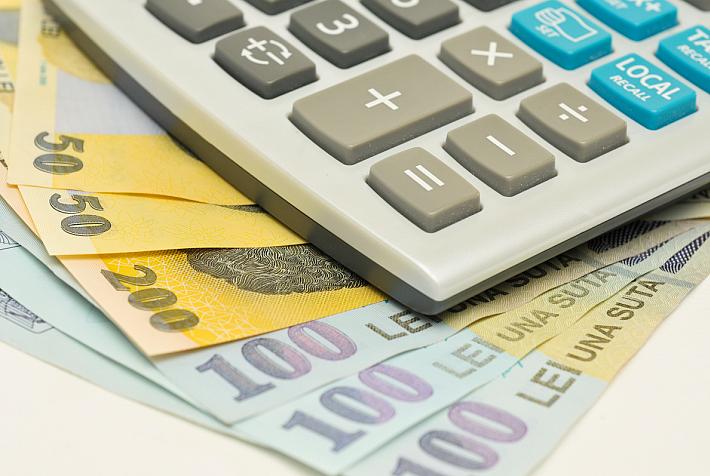S&P affirms Romania's sovereign rating and its stable outlook

International rating agency S&P affirmed on April 15 Romania's sovereign rating at BBB-, in line with the other two major rating agencies and just above the investment grade lower border.
The agency also maintained the "stable" outlook assigned to the country's sovereign rating - in line with Moody's but unlike Fitch, which revised the country's outlook to "negative" in April 2020.
For the time being, there are more negative risks that, if materialized, could result in a lower rating for the country: the effects of the war in Ukraine, failure to absorb EU funds and central bank's failure to anchor the core inflation or its excessive manipulation of the exchange rate at the expense of allowing it to adjust to external shocks.
S&P says it could raise the ratings if it sees evidence that Romania's high economic growth rates can be sustained at the same time as the Government's fiscal deficit narrows, indicating the strengthening productive capacity of the economy.
As regards the macroeconomic scenario sketched by S&P, the rating agency halved its growth forecast to 2.1% this year - maintaining expectations for robust growth in the coming years (+4.5% in 2023).
The rebound of Romania's economy in 2023-2024 will depend on its ability to absorb and efficiently use the significant EU financing available to it under the European Commission's RRF, which effectively unlocked about 12% of GDP in investment spending, requiring no co-financing. S&P considers the RRF "an important policy anchor that can provide incentive and facilitate key reforms to promote sustainability in Romania's social spending."
It also remarks on the European Council's April 4 decision to enable member states to draw upon REACT-EU financing for 2022, as well as unallocated cohesion policy funds from the 2014-2020 budgetary period (which in the case of Romania amounts to 50% of the total) for the financing of social spending to support Ukrainian refugees.
The rating agency trusts that the Government can cut the public deficit to 6% of GDP this year and to 3% of GDP by 2025 - one year after the target set under the Excessive Deficit Procedure but along a long-term trend. "We expect net general government debt to GDP to stabilize at just below 50% by 2024," S&P's report reads.
The rating agency is less optimistic when it comes to the external (current account) deficit that it expects to slightly widen to 7.5% of GDP this year (from 7.1% in 2021) before returning to a slightly downward path (to 6.15 of GDP in 2025).
(Photo: Bigapplestock/ Dreamstime)
iulian@romania-insider.com













